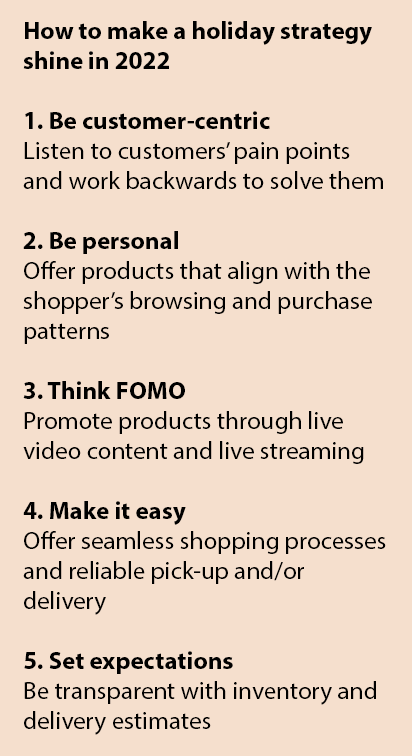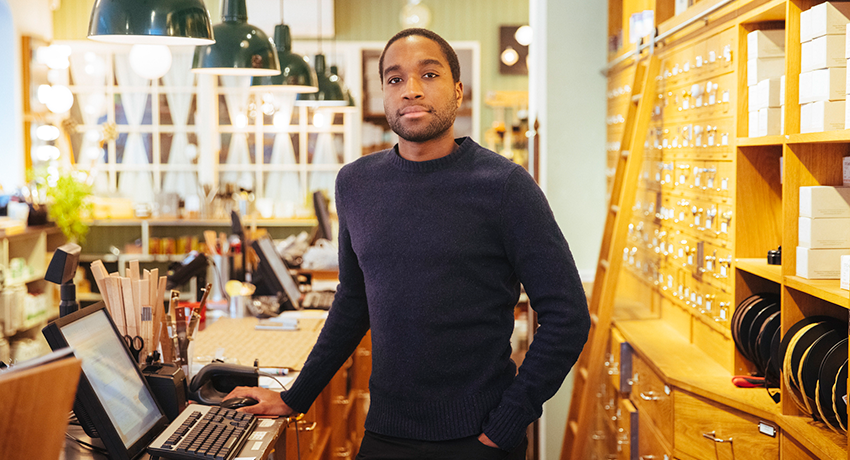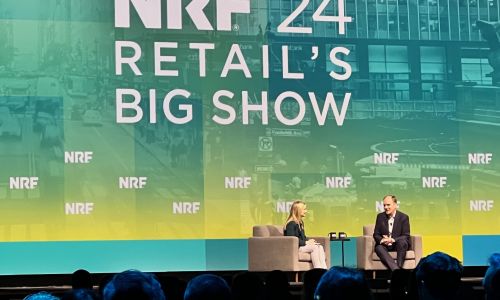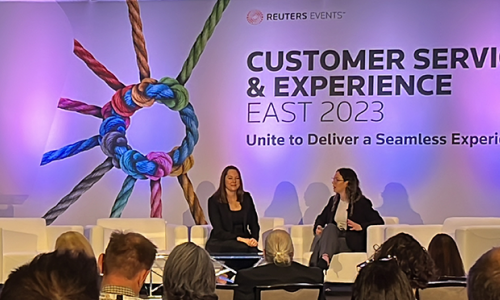Summer may be just around the corner, but retailers are already preparing for the biggest shopping period of the year – the winter holiday season. While supply chain issues, labor shortages, inflation, and a potential COVID-19 resurgence continue to complicate operations and business decisions, companies are charging ahead with plans for a busy season. Here’s what retailers are doing to get ahead of numerous challenges and maximize the holidays.
Personalized customer support
Today’s consumers shop across a variety of channels, platforms, and devices. To stand out during the competitive holiday season, retailers must deliver tailored experiences throughout the customer journey. According to the 2022 Retail Personalization Index, 71% of consumers will shop more often with brands or retailers that personalize their communications. And while 71% of retailers think they excel in personalization, only 34% of consumers agree.
What are retailers missing? Stephen Light, co-owner and CEO of Nolah Mattress, sees an opportunity to deliver more personalized and empathetic customer support. “We’re going to see businesses taking steps to build their services to the next level in preparation for the busy holiday season as they attempt to capture as much of the market share as they can,” Light says.
Like other online mattress companies, Nolah Mattress’ customers can’t go to a physical store to try out its products. Online guides and customer care associates are key sources of information for customers seeking a mattress that meets their specific needs and preferences. “With customers demanding an increasingly personalized experience, we’re empowering our service agents through a revamped training program, better data management, new performance feedback channels, and support tools,” Light continues. The customer care team is also using artificial intelligence (AI) technologies that can recognize customer emotions “through tone and content” to “help diffuse difficult situations.”
In addition to providing employees with the right training and tools to provide expert advice, communicating with customers through their preferred channel is critical, he adds, which is why his company is adding conversational apps to its marketing and customer support strategy.
Especially during a busy time like Black Friday, “customers expect quick answers through the communication channels of their choice, and with conversational apps like WhatsApp, we can connect with our customers in a way that's most convenient for them,” Light says.
 Reducing customer effort
Reducing customer effort
At the onset of the pandemic, many retailers quickly shifted to accommodate customers’ new needs. Retailers embraced last-mile delivery innovations such as crowdsourcing deliveries and invested in urban warehouses to enable rapid deliveries. Buy online, pick up in-store and curbside pickup became the norm—all in the name of meeting customer expectations and reducing customer effort.
Expect to see a continued focus on reducing customer effort. “Customer effort is the strongest driver of customer loyalty — or disloyalty,” according to Gartner research. “96% of customers with a high-effort service interaction become more disloyal compared to just 9% who have a low-effort experience. Indicators of high-effort experiences include channel switching, repetition of information, generic service, transfers, and repeat interaction.”
Indeed, Carlos Castelán, managing director of The Navio Group, a retail management consulting firm, predicts retailers are going to continue to build out features on their apps or website such as visibility into real-time inventory and the ability to reserve products that “enable greater convenience or facilitate easier shopping experiences” especially “during the holiday shopping season when consumers are pressed for time.”
However, reducing customer effort comes with a caveat: Customer preferences and needs frequently change. Consider the rapid-delivery industry. In 2021, startups that delivered food, toiletries, and other items in as little as 15 minutes were popping up across the U.S. But as the pandemic waned and consumers felt comfortable returning to stores, numerous startups such as Buyk, Fridge No More, Getir, and Jokr shut down due to increasing competition, shrinking capital, and other issues.
Added conveniences like ultra-fast deliveries and curbside pickup can differentiate a brand, but just reducing customer effort is not a sustainable strategy. Companies need to stay ahead of competitors and keep a close watch on their customers’ needs and preferences to adapt accordingly.
The (continuing) rise of chatbots
Chatbot solutions are one example of a technology that is here to stay, even as consumers return to some pre-pandemic behaviors. During the mandated lockdowns, most physical contact centers were shuttered, customer support teams were not yet equipped to work from home, and companies were scrambling to manage the rise in customer volume.
Paul Sarkis, director of customer service at Avant Sports, a bicycle manufacturer and retailer, remembers this period well. “We were overworked and overwhelmed, and we had to turn off the phones because we couldn’t support them properly,” recalls Sarkis. “Having a chatbot that allowed us to offer support outside of business hours without 24-hour staff helped us a lot.”
The chatbot can handle about 60% of customer inquiries, allowing human employees to focus on more complex questions. Looking ahead to the holidays, the company plans to hire more staff but also “double down on the bot and have it grow and learn more to offer that full 24-hour support that customers look for,” Sarkis adds. Other companies are also investing in chatbots. The global chatbot market is expected to grow from $2.9 billion in 2020 to over $10.5 billion by 2026, according to Reportlinker.
Rolling out a chatbot is one thing, but retailers have to ensure that it meets service expectations, Sarkis warns. “If people have a great experience with a bot from Amazon, for example, they’ll expect the same from you,” he notes. “A lot more companies are utilizing bots now and it’s not enough to have a good bot—you need a great bot.”
Keep calm and holiday on
In past holiday seasons, consumers may have been willing to wait on long lines, pay top dollar, and go the extra mile to find the perfect presents, but this year, the theme to focus on is effortless. After enduring a pandemic and myriad challenges, consumers want personalized experiences and products and services that can be found, purchased, delivered, and returned with zero or minimal effort. The retailers that make the end-to-end experience easy and relevant for their customers will find it much easier to retain them into the next year.






